WEB IProcess Pyme LITE!
Ideal for small companies that need productive modules, 10 corporate emails, 5 sections, 20 product catalog, 5 SEO campaigns, e-commerce.

 Español
Español
 English
English
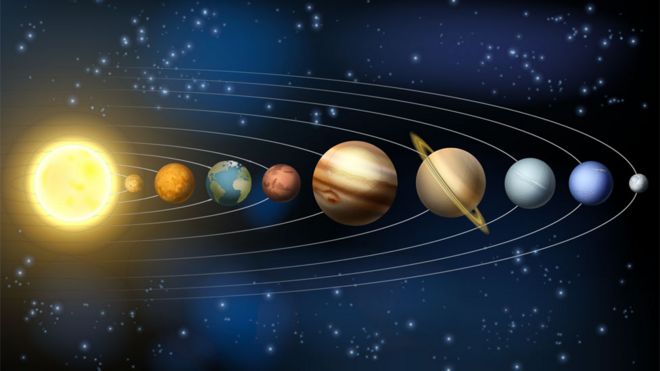
There are certain things we learn as kids and take for granted for the rest of our lives. For example, the order of the planets.
The most memorable may remember how they come: first, next to the Sun, is Mercury, then Venus and then us, followed by Mars, Jupiter, Saturn, Uranus and Neptune.
They also teach us which planet is closest to Earth. Do you remember what it was?
It may not come to mind, but without a doubt you know that the answer is only one and that you learned it in school.
Was it Mars? Or Venus?
Well, if things were that simple, we would have nothing to tell you!
It turns out that - beyond what you were told as a child - there is no single answer to the question, because the distances between the planets are changing.
In fact, although Mars and Venus are always drawn as our neighbors - one on each side - sometimes neither of them is the closest to Earth.
This was recently revealed by the BBC Radio 4 radio program "More or Less", which is dedicated to analyzing numbers and statistics of daily life. *
It was a listener to the program who wrote asking for clarification, after watching a BBC television program where Mars was said to be our closest neighbor.
"Surely this is a mistake," said Graham Sherman, convinced that the correct answer was Venus.
It depends
The truth is that each planet has a different orbit rhythm, the path of the planets around the Sun.
This implies that the distances between them are changing.
To calculate which planet actually spends the most time close to Earth, you have to take an average.
That`s exactly what "More or Less" did, with the help of statistician Oliver Hawkins.
Hawkins was able to estimate which planet was closest to ours each day for the past 50 years.
Thus, he was able to calculate which, on average, was the one that spent the most time as our closest neighbor.
The answer will surprise you ...
It was Mercury.
How is it possible? You ask.
To understand this, the BBC turned to David A. Rothery, professor of planetary geosciences at the Open University.
Matter of time
"The order of the planets, from the Sun, is: Mercury, Venus and then Earth. But when Venus is on the other side of the Sun it is very far from us," Rothery explained.
So while the orbit of Venus makes that planet the closest to us, followed - secondly - by the orbit of Mars, sometimes the red planet is very close to Earth, while the distance with Venus it`s huge.
"And although Mars is potentially the second closest to us, among all of them, the planet that spends the most time close to Earth is Mercury," he confirmed.
The statistics clearly prove it: in the last half century, the smallest planet - and closest to the Sun - was the closest to Earth 46% of the time.
Venus, came second: she spent 36% of the time as our closest neighbor.
In contrast, the red planet, which many assume as the closest to Earth, was there only 18% of the time.
Why the confusion?
Perhaps the confusion about the proximity of Mars has to do with the enormous interest that this planet has generated in recent years among space agencies, especially the American NASA.
Why is there so much talk about making manned visits to Mars if Venus is indeed at a shorter distance and Mercury ends up spending more time by our side?
The reason, Rothery explains, has nothing to do with distances, but with the characteristics of each planet.
"Mars is a place that could host life and it is not too hot on its surface. A spacecraft could operate there for a long time," he said.
"On the other hand, if you land on Venus it is very hot, because the dense atmosphere traps the heat."
Mercury, the next challenge
As for Mercury - the unexpected winner of the best neighbor award - it is the most complicated. And not because it is the hottest (in fact Venus is hotter, despite being further from the Sun).
"It is the most difficult planet to reach because when you go towards Mercury you get closer to the Sun and you gain speed (...) which makes it more difficult to enter its orbit," said the expert.
Only two space missions have succeeded so far: Mariner 10 in 1974/75 and MESSENGER, launched in 2004 - both from NASA - making Mercury the least explored planet in our Solar System.
But Rothery is part of a group of experts seeking to make a third exploratory trip to little Mercury.
Last October, the space agencies of Europe and Japan jointly launched the third mission in history to that planet: the BepiColombo.
It is estimated that the probe will take 7 years to enter the orbit of Mercury, due to the acceleration problems mentioned by the expert.
Perhaps then we can finally learn more about our enigmatic and unsuspected neighbor.
Publication Date: 2020-08-12
Source: BBC News Mundo
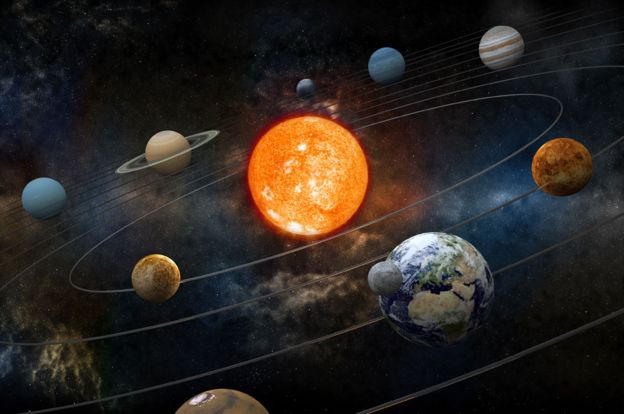
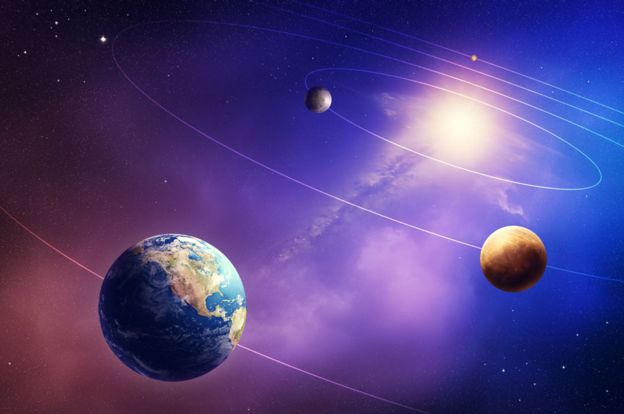
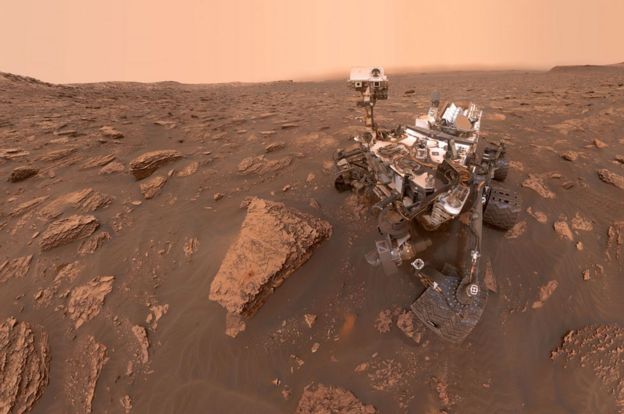
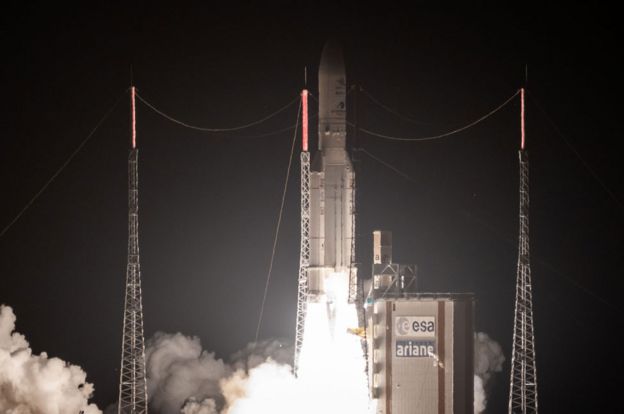

Ideal for small companies that need productive modules, 10 corporate emails, 5 sections, 20 product catalog, 5 SEO campaigns, e-commerce.

Ideal to start your presence on the internet, catalog of 5 products, updating documents, hosting, corporate emails and more!

Ideal for small companies that need productive modules, 10 corporate emails, 5 sections, 20 product catalog, 5 SEO campaigns, e-commerce.

Ideal to start your presence on the internet, catalog of 5 products, updating documents, hosting, corporate emails and more!







